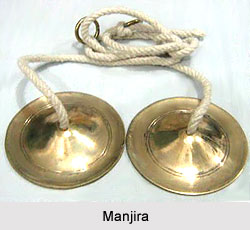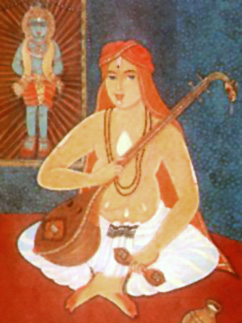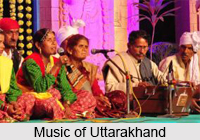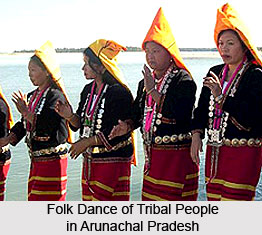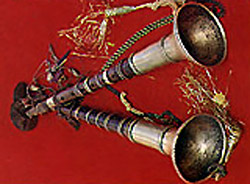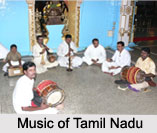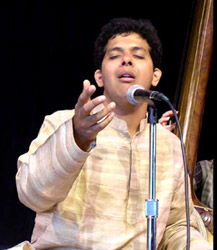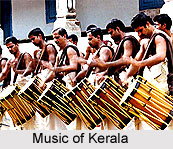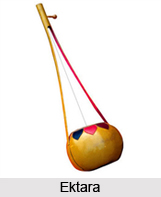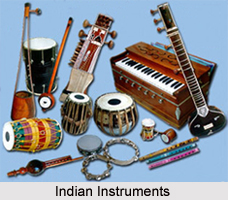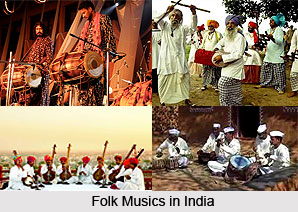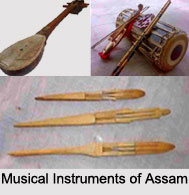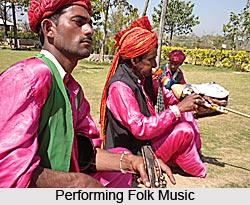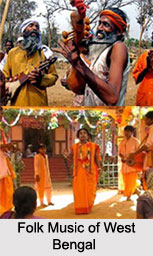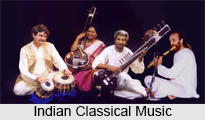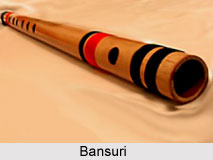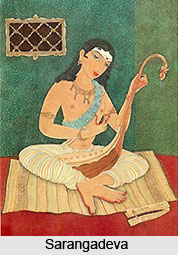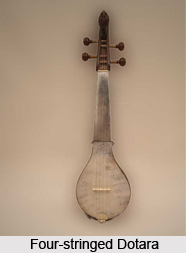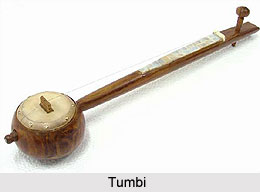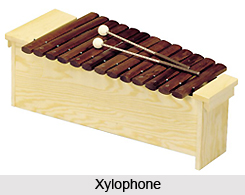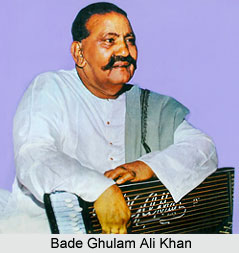 The Patiala Gharana, a branch of the Delhi Gharana, is a prominent vocal tradition of Hindustani classical music. Established in the mid to late 19th century in the city of Patiala, Punjab, this gharana of music gained immense recognition and distinction under the guidance of its legendary maestro, Ustad Bade Ghulam Ali Khan. Founded by the renowned Ali Baksh and Fateh Ali Khan, popularly known as `Aliya-Fattu` or `Karnail and Jarnail,` the Patiala Gharana draws inspiration from various musical gharanas, such as Delhi, Gwalior, Riva, and Jaipur.
The Patiala Gharana, a branch of the Delhi Gharana, is a prominent vocal tradition of Hindustani classical music. Established in the mid to late 19th century in the city of Patiala, Punjab, this gharana of music gained immense recognition and distinction under the guidance of its legendary maestro, Ustad Bade Ghulam Ali Khan. Founded by the renowned Ali Baksh and Fateh Ali Khan, popularly known as `Aliya-Fattu` or `Karnail and Jarnail,` the Patiala Gharana draws inspiration from various musical gharanas, such as Delhi, Gwalior, Riva, and Jaipur.
Origin of Patiala Gharana
Mian Kallu, a sarangi player from the Jaipur durbar, founded the Patiala Gharana. He received his training from Qutub Bakhsh `Tanras` Khan, a court musician of the last Mughal king Bahadur Shah Zafar, belonging to the Delhi Gharana. Mian Kallu subsequently became the court musician to the Maharaja of Patiala. The mantle of the gharana was then carried forward by Ali Baksh Khan and Fateh Ali Khan, who achieved great fame and popularity, earning the titles of `General` and `Colonel` of music respectively. Their association with the 9th Earl of Elgin led to their popular reference as `Ali-a-Fattu ki Jodi.`
Evolution of Patiala Gharana
Ustad Bade Ghulam Ali Khan, often regarded as the most influential exponent of the Patiala Gharana, further enhanced its reputation. Trained by his father Ali Baksh and Mian Kallu, Bade Ghulam`s native brilliance surpassed the traditional training he received. He played a pivotal role in introducing the vibrant Punjab-ang style of singing thumri and showcased his expertise in light classical forms. After Bade Ghulam`s demise, his son Munnawar Ali Khan carried on the legacy. Today, artists like Jagdish Prasad, Fateh Ali, Amanat Ali and Hameed Ali Khan, Ajoy Chakravorty, and Javaad and Mazhar Ali Khan continue to uphold the Patiala tradition.
Features of the Patiala Gharana
The Patiala Gharana is known for its fusion of vocal styles and its influence from Punjabi folk music. With its roots in the khayal form of singing, the gharana creatively incorporates elements from other gharanas, resulting in unique improvisations. The gharana`s original compositions, particularly the swift taans in the traditional tappe folk style of Punjab, have left a lasting impact.
Patiala gharana singers employ intricate vocal embellishments like gamak, meend, and murki, and their repertoire includes a wide range of bandishes, which are concise summaries of ragas. Noteworthy features include long meends, heavy gamaks, electrifying taans, bol-banavat, and elements of Punjabi folk music, intermingled with surprising murkis and harkats.
One of the distinguishing features of the Patiala Gharana is its rendition of intricate taans. These taans are rhythmic, vakra (complicated), and defy the constraints of the rhythmic cycle. They are delivered from the chest or diaphragm rather than the head voice, with singers using a strong, open-throated voice. Patiala vocalists skillfully navigate through three octaves, employing intricate and analytical use of notes.
Training on Patiala Gharana
Singers of the Patiala Gharana are known for their emotionally evocative and sensual singing style. They emphasize clear diction and enunciation, allowing listeners to experience a range of emotions through the voice. The gharana has a rich repertoire of lyrical compositions passed down through generations and to disciples outside the family.
Singers in the Patiala tradition excel in ragas like Malkauns, Darbari, Adana, Des, Bhopali, and Multani, showcasing their prowess in highly complex expositions of these ragas. However, mastering the Patiala gayaki is no easy feat. It requires years of dedicated practice and preparation.
Renowned vocalist Pandit Ajoy Chakrabarty, who belongs to the Patiala tradition, emphasizes the essential requirements for mastering this style. These include correct enunciation (bani), accurate voice projection (aakar), precise articulation of scales (sargam), and above all, excellent tayyari (practice). The Patiala Gharana places a strong emphasis on meticulous training and thorough knowledge of the intricacies of ragas and taals.
The gharana has a predilection for pentatonic ragas like Malkauns, which provide ample scope for ornamentation. Other ragas favored by Patiala singers include Darbari Kanhra, Ramkali, Shuddha Kalyan, and Bageshree. Vocalists in the gharana predominantly perform in taals such as Ektaal and Teentaal.
Patiala Gharana vocalists are often described as painters of music. Their renditions exhibit vivid imagery, with each phrase delivered like coloring a picture. The Patiala style of singing is marked by its unpredictability and the ability to evoke a range of emotions through the melodic and rhythmic interplay.
Renowned Singers of Patiala Gharana
The Patiala Gharana has produced a lineage of exceptional vocalists who have made significant contributions to the world of Indian classical music. Ustad Bade Ghulam Ali Khan, widely regarded as the greatest exponent of the gharana, left an indelible mark with his unmatched talent and unique style. His son, Ustad Munnawar Ali Khan, carried forward the legacy of the gharana with his captivating performances until his untimely demise in 1989.
Another prominent figure from the Patiala Gharana is Ustad Amanat Ali Khan, known for his exceptional vocal range and versatility. His brother, Ustad Bade Fateh Ali Khan, also contributed significantly to the gharana`s legacy. These two brothers from the Kasur-Patiala branch of the gharana left an indelible mark with their impeccable renditions of classical and semi-classical compositions.
Present-day exponents of the Patiala Gharana include Jagdish Prasad, who has skillfully carried forward the rich tradition of the gharana. Fateh Ali, Ammant Ali, and Hameed Ali Khan have upheld the Patiala legacy and continue to enchant audiences with their soulful renditions. Additionally, the dazzling duo Javaad and Mazhar Ali Khan have made notable contributions to the Patiala Gharana, showcasing their technical prowess and melodious expressions.
These renowned singers have not only preserved the rich heritage of the Patiala Gharana but have also pushed the boundaries of artistic expression within the gharana`s framework. Their immense talent and dedication have solidified the Patiala Gharana`s position as one of the most influential and respected vocal traditions in Hindustani classical music.
